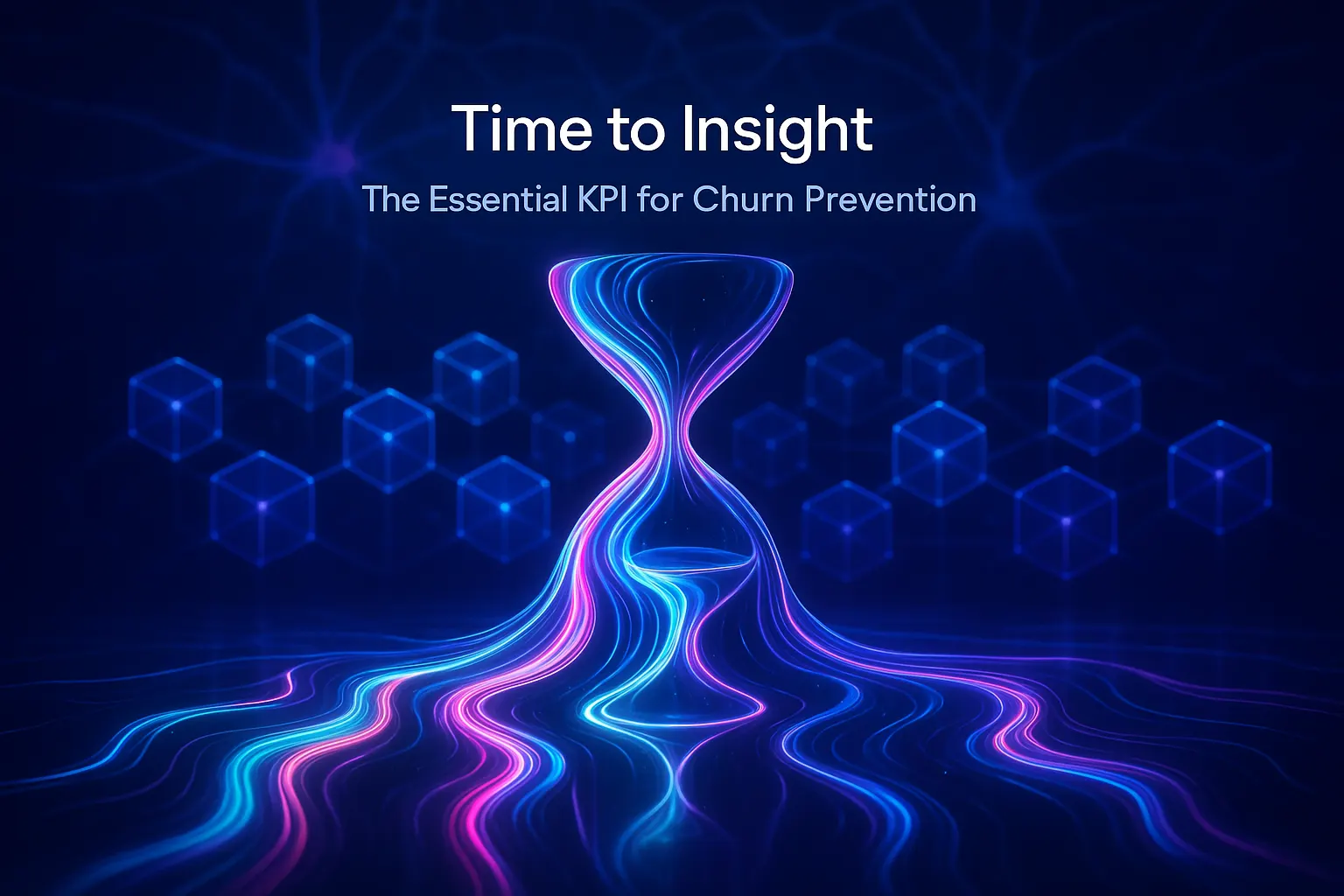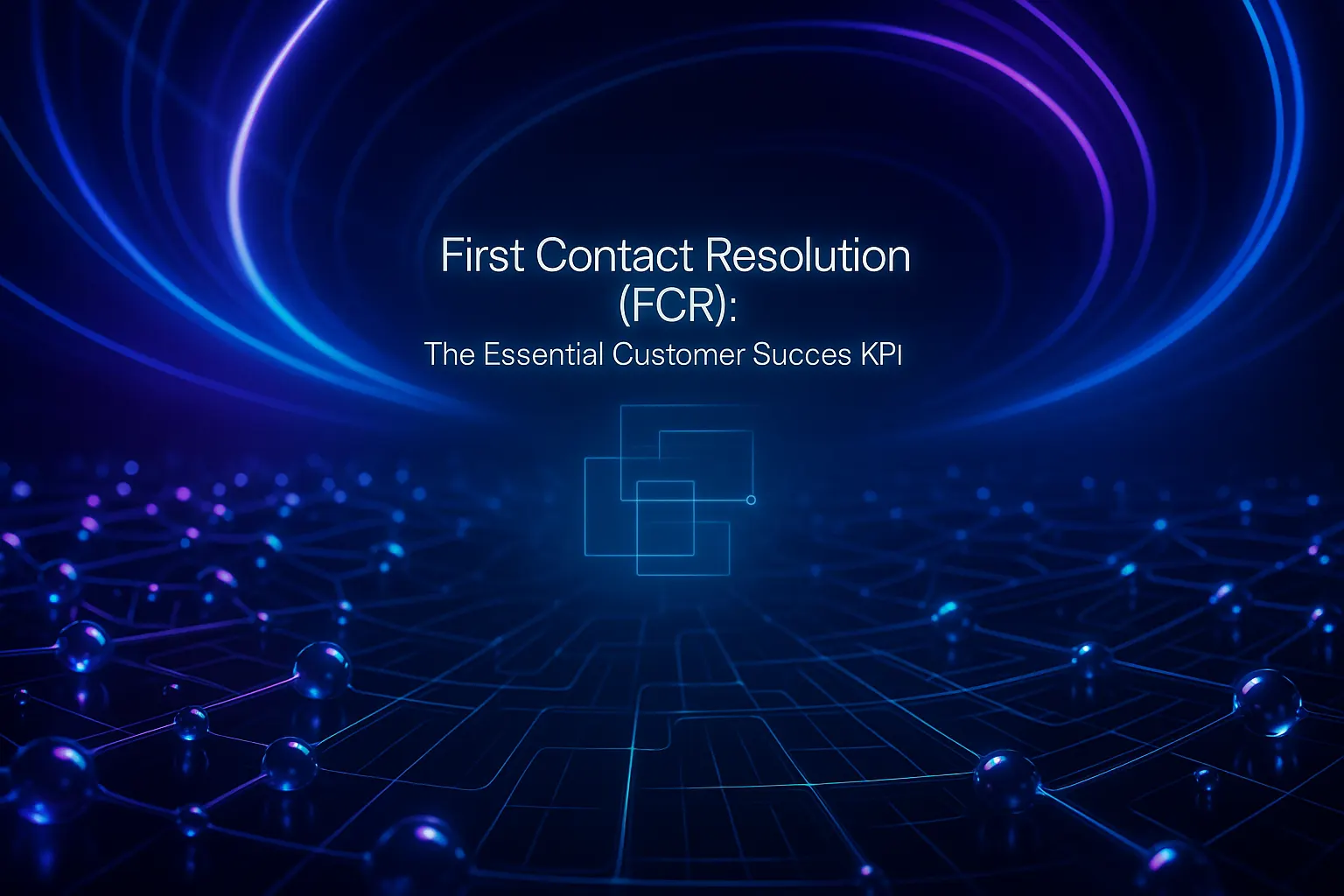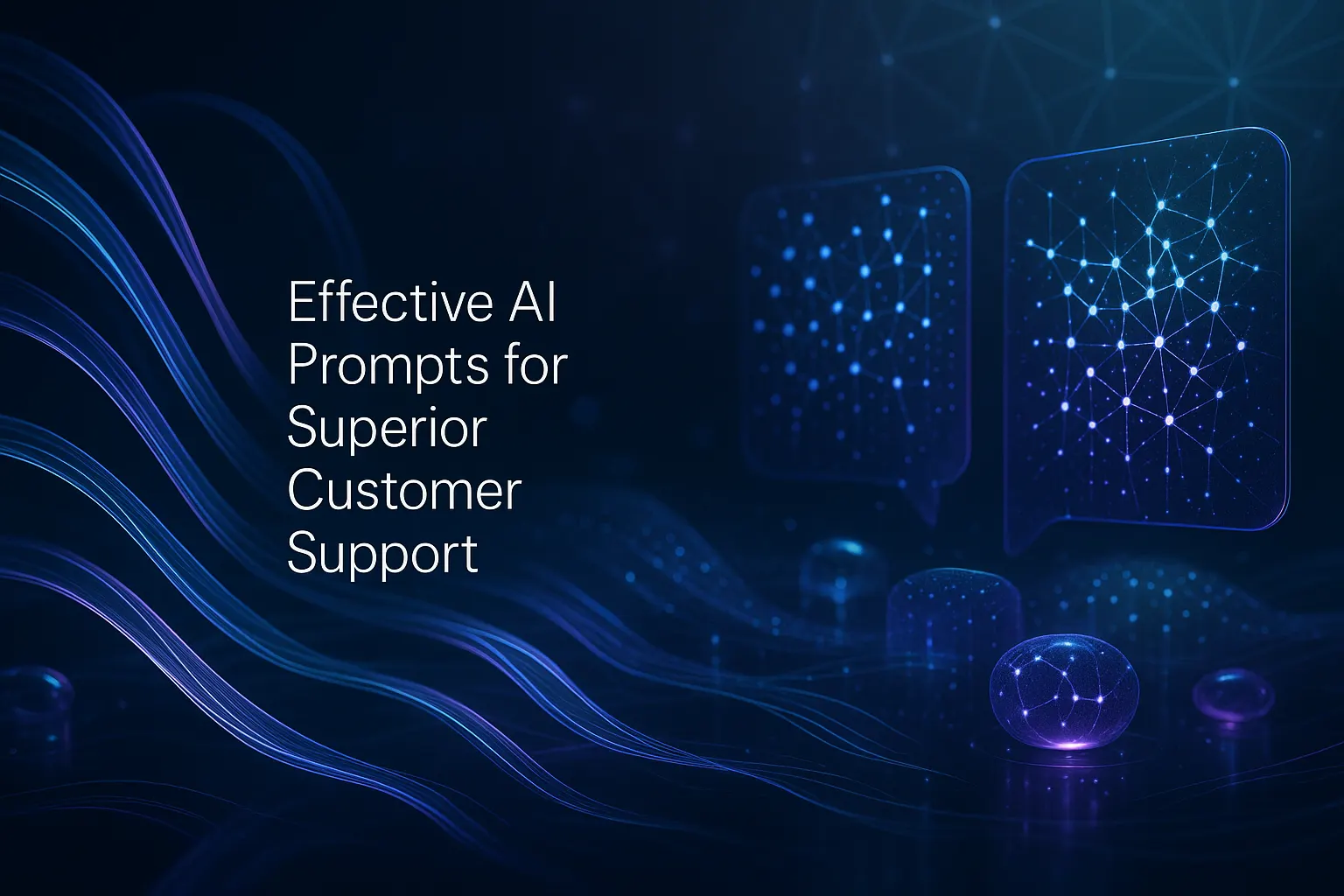Stop Struggling with Ticket Volume: Start with Outcomes, Not Just Processes
Most ticket queues grow faster than teams can manage effectively. Sorting tickets by arrival time can overlook urgent and high-impact issues. To make meaningful improvements, your approach should focus on evaluating and addressing outcomes that have real business impact, not just sorting through routine activity.
Define the key objectives your customer support should achieve. For most teams, this includes protecting the business’s revenue through strong customer retention, maintaining the company’s reputation by building and preserving trust, and ensuring compliance with service level agreements and relevant regulations. These goals demonstrate how support teams contribute directly to organizational success.
Don’t rely solely on ticket channel or sentiment. Instead, blend factors like business impact, urgency, and customer value. Prioritize and route tickets in a way that ensures the most critical issues reach the right people at the right time.
The Five-Step Prioritization Method
- Align on business outcomes.
List events that could threaten revenue, retention, trust, or compliance. Examples might include billing failures or data security issues. Turn these events into policy rules that guide ticket prioritization.
- Normalize ticket data.
Standardize fields such as product area, subscription plan, monthly recurring revenue (MRR), communication channel, and sentiment. Add tags like incident, outage, or security to ensure consistent, reliable data for scoring.
- Score every ticket with a rubric.
Implement a weighted scoring model. Evaluate tickets based on impact, urgency, customer value, SLA risk, and sentiment. Store the combined result as priority_score.
- Route tickets by queue categories and required skills.
Send tickets classified as P0 and P1 to a rapid response team. Assign security tickets to a designated group. Ensure product specialists handle complex issues within their expertise.
- Review weekly, refine monthly.
Regularly check for SLA breaches, backlog aging, and false positives. Adjust your weights and rules, and update your team's playbook. Maintain consistency and adaptability.
A Practical Scoring Model You Can Use Today
Start with a simple 1 to 5 scale, making calculations intuitive for agents.
- Impact 35%: 1 = minor inconvenience, 5 = widespread failure.
- Urgency 25%: 1 = can wait, 5 = blocks work immediately.
- Customer value 20%: 1 = free tier, 5 = strategic account.
- SLA risk 10%: 1 = just received, 5 = close to breach.
- Sentiment 10%: 1 = positive, 5 = escalated or frustrated tone.
Compute a total that takes into account the respective weight of each metric. Then, use these totals to assign a simple priority code to each ticket.
- P0 if score ≥ 4.3.
- P1 if score 3.6 to 4.29.
- P2 if score 2.6 to 3.59.
- P3 if score < 2.6.
Example: A billing failure stopping a high-value account. Impact 5, urgency 5, value 5, SLA 3, sentiment 3. Total exceeds 4.3, classifying this as P0.
Operational Signals that Change Ticket Priority
- Known incidents: Link tickets to a live incident and elevate the priority of all related tickets by one level.
- Duplicates: Combine repeated contacts about the same issue. Preserve the highest priority from original tickets, and close duplicates with a clear note to customers.
- Payment events: Failed charges or dunning cycles should increase urgency.
- Security terms: Flags like “leak,” “breach,” or “exposure” trigger P0 priority automatically.
- Customer stage: New trial users deserve prompt replies; churn-risk accounts need attentive handling.
- Channel: Live chat signals urgency; email may afford longer response times.
- Product area: Issues in outage-prone components may default to a higher impact rating.
Queue Design Agents Trust
Agents are most effective when workflow queues accurately reflect real work. Design clear, transparent queues for efficiency.
Recommended Queues
- P0 Critical Response
- P1 High Priority
- VIP and Strategic Accounts
- Security and Compliance
- Billing and Refunds
- Product Feedback and Requests
Routing Patterns
- Skills-based: Assign tickets based on expertise related to product areas.
- Swarming: Bring in cross-functional teams for P0 and P1 tickets as needed.
- Fast lane: Reserve a queue for issues that can be resolved within five minutes.
Share queue definitions in your runbook and train new hires with real-world use cases.
Common Support Tickets Prioritization Traps to Avoid
- Fist In First Out (FIFO) thinking: Prioritizing oldest tickets first can harm customers in crisis.
- Everything is urgent: Treating every issue as high urgency hides true risks.
- Manual triage only: Human-only methods can miss large-scale patterns. Automation is crucial for scale.
- Channel bias: Don’t let chat or other channels automatically skip the line without proper reason.
- No backlog hygiene: Stale tickets disrupt dashboard accuracy and team focus.
- Static rules: Evolve your prioritization rubric as your product changes.
How AI Supports Effective Triage, Without Taking Over
AI can improve efficiency for high-volume support teams. It tags intent, analyzes sentiment, drafts clear replies, flags duplicates, and detects incident links, helping agents focus where it matters most.
Several platforms can enhance your triage process. Zendesk offers intelligent triage features. Typewise integrates AI writing assistance within CRM systems, email, and live chat, suggesting on-brand phrases and reducing response lag. Intercom and Freshdesk both provide smart routing and answer suggestions. Select solutions that fit your current support stack and organizational needs.
If first response time is your main blocker, check out seven practical ways AI can boost first reply times. Many of these strategies directly improve triage performance.
Metrics and Weekly Cadence
- First response time by priority: Measure both median and 90th percentile response times.
- SLA breach rate: Segment the data by queue and product area for accuracy.
- Backlog age: Monitor the oldest ticket and analyze age distribution across backlog.
- Touches per resolution: Fewer touches usually indicate a smoother triage.
- Reopen rate: High rates may point to improper routing or skill gaps.
- Customer sentiment change: Track sentiment shifts before and after the first reply.
Dedicate a 30-minute weekly review to inspect five recent P0 and P1 tickets. Confirm their scores and routing. Log one process improvement per week.
On the first Monday of each month, conduct a comprehensive review of your scoring and routing system, known as a monthly reset. Adjust your weights, refresh playbook examples, and communicate updates to your team channel.
Implementation Checklist
- Inventory all intake channels and submission forms.
- Define P0 to P3 with clear examples and SLAs.
- Agree on field definitions and assign weights for scoring.
- Tag tickets by product area and account tier.
- Create queues and assign owners for each.
- Automate initial ticket scoring and routing wherever possible.
- Set alerts for P0 ticket creation and looming SLA risks.
- Train agents with shadowing sessions and scenario drills.
- Publish your rubric and maintain a change log for transparency.
Priority Definitions You Can Use Immediately
- P0 Critical
- Blocker or active data security risk.
- Affects multiple customers or any strategic account.
- Target reply: 10 minutes. Target fix/workaround: 2 hours.
- P1 High
- Significant feature failure or payment problem.
- Single customer with high value or at risk of churning.
- Target reply: 30 minutes. Target resolution: 1 business day.
- P2 Normal
- Non-blocking bug or general account-related task.
- Standard customer or trial user.
- Target reply: 4 business hours. Target resolution: 3 days.
- P3 Low
- How-to question, documentation need, or minor feedback.
- No risk to revenue or compliance obligations.
- Target reply: 1 business day. Target resolution: 5 days.
Consistency beats heroics.A clear, daily-applied prioritization rubric keeps customers satisfied and loyal.
Ready to streamline your ticket queue and create a more predictable workflow? Discover how Typewise can connect seamlessly with your support stack, helping your team send clearer, faster, and brand-consistent replies. Start a conversation at typewise.app.
FAQ
How can I prioritize tickets effectively?
Focusing solely on ticket arrival time is a trap; instead, integrate business impact, urgency, and customer value into your system. A structured and weighted scoring model is crucial to ensure the most critical issues are addressed first.
What is the risk of relying only on manual triage?
Manual triage can miss patterns and large-scale issues that automation can catch. Without incorporating AI or automated processes, you're likely to sabotage scalability and efficiency.
Are all urgent tickets equal?
Treating every ticket as urgent deflates the criticality of truly pressing issues. Implement a prioritization rubric to distinguish tensions, ensuring the team can focus where actual risks lie.
Why shouldn't I follow a 'first in, first out' approach when prioritizing tickets?
A FIFO approach is dangerous in high-stakes support environments because it can jeopardize urgent or crisis issues. Ignoring impact and urgency may lead to customer dissatisfaction and potential revenue loss.
How can AI enhance the ticket triage process?
AI streamlines efficiency by tagging, analyzing sentiment, and suggesting responses, allowing agents to focus on high-impact issues. It's a crucial tool to scale effectively without overwhelming your human resources.
What are the signs of inefficient ticket handling?
Indicators include a backlog of aging tickets, high reopen rates, and SLA breaches. Regularly review operational metrics to pinpoint inefficiencies and amend your strategies accordingly.
How can outdated prioritization rules affect my team?
Static rules can lead to misaligned priorities, missing the mark on emerging trends or new product features. The lack of adaptation can disrupt operational efficiency and ultimately harm customer satisfaction.






